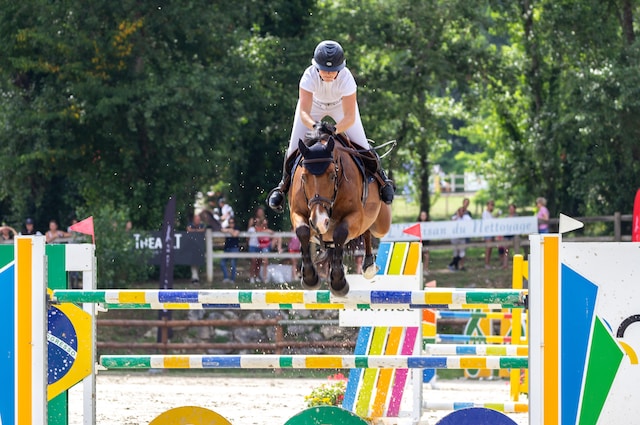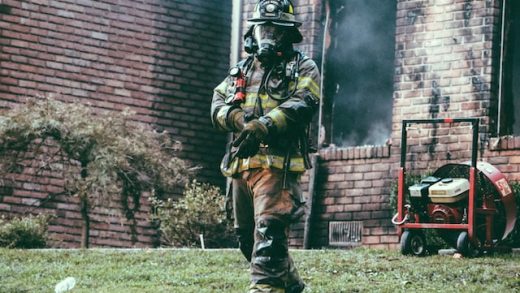Essential Horse Jump Equipment For Training and Competitions
Few equestrian competitions test the strength of both rider and horse, like show jumping. A few critical pieces of equipment are essential to succeed in this discipline.
A good jumping saddle and bridle, such as a flash noseband and rubber reins, combined with a snaffle bit, provide direct communication between the horse and rider. A breastplate helps prevent the saddle from sliding back during a jump.
Saddle
Ideally, the saddle should fit well and be regularly checked to ensure it is comfortable for the horse. This is particularly important during training and competitions when the horses’ musculature and shape change rapidly. A poorly fitting saddle can cause pain and discomfort and have long-term impacts on the horse’s soundness and performance.
A specialist jumping saddle allows the rider to adopt a two-point or half-seat position more efficiently by having a flatter seat and forward-cut flaps. Padded knee rolls are also a feature of jump saddles.
To check the saddle fits correctly, place it on the horse without fastening the girth and run your hand underneath both panels from front to back. Ideally, the panel should be across the horse’s back and not extend past the last rib.
Bridle
The harness is the leading horse jump equipment that holds the bit in the horse’s mouth (if the horse is wearing one). The bridle transports signals from the rider’s hands through the reins to the horse’s head.
A horse that fights a bit wastes energy and loses power, grace, rhythm, and overall performance. The Bitless Bridle liberates the neck, lightens the forehand, and lengthens the stride.
For competitions that require a bit, we recommend using The Bitless Bridle with a bradoon bit to satisfy the regulations. However, it is essential to understand that using a bradoon requires considerable skill for the rider. A novice rider may be better served by a snaffle or double bridle that provides more basic communication.
Breastplate
A correctly fitting breastplate helps prevent a saddle from slipping back when a horse jumps. This is particularly important for a jumper as he must be able to raise his head during the approach and see the obstacle.
Five-star eventer and former young rider team gold medallist Charlotte Agnew says she chooses a yoke breast girth with straps that connect to the D-rings on each side of the saddle and over the withers, often with a bit more padding at potential pressure points. She uses it both at home and in competitions.
This style of breastplate has a padded chest section and an adjustable running martingale that attaches to the D-rings under the chest. It also features contrast stitching and stainless steel fittings.
Stirrups
The stirrups help the rider stay balanced and support their weight. They are a key element in jump riding, but also when riding dressage and other disciplines that require the rider to sit lightly in the saddle.
According to scientific research, the leading leg on which a horse lands after jumping is loaded with a force equivalent to two tons. Much of this load is transferred to the rider, who absorbs it on landing “on the stirrups.”
Riders should choose a stirrup that meets their unique needs. If you are a jumper, the general rule is to buy them one hole shorter than your usual riding stirrups. This will allow you to put your foot into the stirrup bars for increased grip when jumping.
Boots
These specialized boots have an outer shell of hard-wearing, thermally molded plastic designed to withstand impact and concussion while protecting the horse’s tendons, ligaments, and fetlock. The lining of the front and fetlock boots is made with a soft material that conforms to the leg for a secure fit and reduces friction. Wide Velcro straps make them easy to put on and lock into place, and they’re machine washable in a cool temperature cycle with a liner closed.
Show jumpers most commonly use these boots to protect the horse’s tendons when going over fences. The open front design encourages the horse to be more careful over jumps because he can feel if a pole brushes or knocks his legs. This is especially helpful for horses with a history of or predisposition to support-related injuries.




